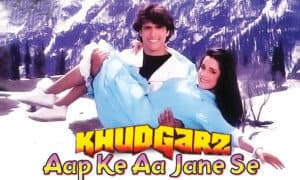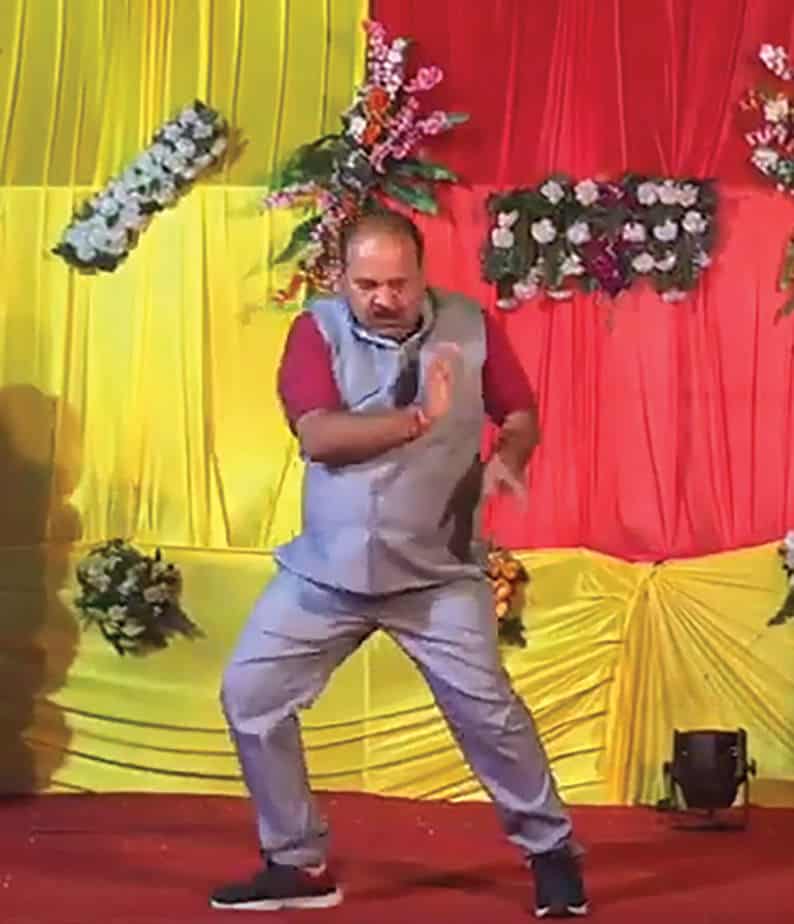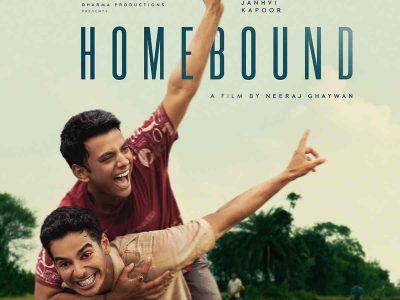How the dancing uncle clicked and what would be his undoing (Revenge of the 80s)
A 46-year old professor unknowingly dancing his way to internet fame, a bit longer than what Andy Warhol predicted as “15 minutes of fame’, may still not help the uncles and fufajis to shed their image of being seen as usual suspects while they recite their poetry, recount their exploits and become repositories of unending tales.
What, however, is clear is that besides obvious brilliance and his age, it was the home-cooked musical domesticity which contributed to viral appeal of Vidisha-based electronics professor Sanjeev Srivastav’s dance performance. Taking anything beyond the anonymity of that endearing domesticity would somehow ensure that the charm thins out.
The very nature of internet would somehow erode professor’s distinct appeal. Overexposure and taking ‘viral’ fame to structured platforms being the undoing of it. Though it’s often, and correctly too, argued that what accounts for viral factor on internet mostly defies logic and predictability, the popularity of Srivastav’s dance performance can be seen as sum total of different things.
First, the setting of the performance- dancing at the sangeet function of his brother-in-law’s marriage in Gwalior. Many do, but he nailed with the finesse of a seasoned performer but more significantly, with infectious joy and energy that had an amateurish purposelessness. All joyous forms of art have to derive their core from it — purposeless joy.
That was the most important achievement of his unannounced arrival on millions of mobile phone screens across the nation. In their reactions, people said that his 90 seconds performance it gave them joy, some even thought that it filled them with positivity and hope. In its essence, it was the triumph of the casual grace and excellence over the distant and impersonal professional.
The fact that he was a stage performer in his younger days didn’t come in the way of him bringing a whiff of spontaneity to the stage in his quadragenarian years as a professor in an engineering college- a definite win of informal charm over formal predictability.
Second, the domesticity was well aided by anonymity- making it a celebration of the unknown over the known. There is type of impish glee that small town strikes back with discovering talent from its anonymous corners. So , in a way, it was also the vicarious cheerleading of the unsung, a reminder of people’s unexplored selves.

Third, from a dancing point of view, the performance was remarkable not only for the action but the imagination of it. It makes a case for Sanjeev Srivastava the choreographer as much as it proves his smooth dancing moves. If one revisits the original number ( Aap ke jaane se from Khudgarz ,1987), one can easily see that the song’s picturisation had Govinda and Neelam grooving in a way that wasn’t always in sync with the tune and they take liberty of playing with the landscape too. The professor innovates and imagines what his dancing idol (Govinda) would have done if he had the freedom to have his way throughout song.
His marriage performance is a hypothetical Govinda, not a copied one. That’s where he goes a step futher, not restricted to what’s available but showing what it could have been. In the process, he has compensated for his wife’s apparent lack of dancing skills too, and did it with his immaculate improvised moves for the Neelam bit.
Fourth, in its own way, the song is a late reparation for exaggerated defamation of 80’s Bollywood cinema and music in particular. Much of such criticism is fair but it also ignores that it had its own ways of negotiating the popular mood and turning it into commercial enterprises- Mithun and Govinda were two undisputed dancing sensations of the decade. However,Govinda scored over more technically accomplished dancers like Javed Jaffrey by going beyond mechanics and injecting his dance with personal imprint of improvisation and a more relatable forms of joy- with expressions ranging from artistic to rustic.
That such appeal of Govinda, combined with comic timing in mainstream Hindi cinema of 90s, continued to keep cash registers ringing is a fact that only few can deny. What, however, is also a fact that his popularity also witnessed a mass-class divide in theatres of metropolitan India of nineties as well as noughties. For instance, the multiplexes in Delhi and Mumbai generally opted out of screening new Govinda releases — like Raja Babu ( 1994), Coolie No.1, Hero No.1 and Dulhe Raja ( 1998). The perception gained ground that Govinda was star of the downmarket- garishly dressed whistling front benchers in non-profit air conditioned theatres.
Two years ago, Govinda clearly identified the exclusivist nature of class-aesthetics driven camps in Bollywood and how they play referees for what they assume as “refined tastes”. For all his talent, he was never made part of big banner films or elite circle of Bollywood parties and even invited to chat shows by Karan Johar and his ilk. Such snobbery he hasn’t forgotten at all. His mass connect somehow has got a late acknowledgement in a performance that is being seen as belonging to a Govinda genre of Bollywood dancing. An afterglow that can illuminate the nostalgic lane of a star in twilight. A sort of revenge too.
The post-Govinda Hindi cinema dancing had outstanding dancers too- from Hrithik Roshan to Shahid Kapoor, and preceded earlier by dancing star from the the south Prabhu Deva. However, Govinda’s appeal transcended them because he carried with him something beyond technicalities. He embodied the domesticity of living rooms with the abandon of street grooving to produce something of his own. That remains unsurpassable in Bollywood dancing. Vidisha professor’s performance reminded us that Bollywood dancing can be sublime joy without the mechanical accomplishments of a Tiger Shroff.
It’s the procThere is already a release spree of his dancing videos, he is getting drawn to fickle world of instant stardom and responding to tweets from celebrities with a ‘a dancing challenge ‘ on his numbers. From offering bites to television channels, he is giving long interviews and they would ensure that people develop a fatigue. You can’t fault a young dancer who turned to academics and now is basking in the glory of his quite late, and that too unexpected, fame. What, however, is also clear is that now the platforms that catapulted him to popularity would strike back to undermine its very base- the familiar domesticity of his dancing personality and excellence cloaked under anonymity.
It takes few million views to be known but sadly it also turns into an assembly line. That’s something that would ensure that you induce fatigue, not awe. Hope the uncleji knows what made him awesome at the first place.





